Why Are Radio Telescopes So Large?
Radio telescopes are a fascinating and essential tool in the field of astronomy, allowing scientists to explore the universe in ways that optical telescopes cannot. One of the most striking features of radio telescopes is their size; they are often enormous structures that dwarf other types of telescopes. But why exactly are radio telescopes so large? This article will delve into the reasons behind their size, exploring the principles of radio astronomy, the challenges of detecting radio waves, and the technological advancements that have driven the development of these colossal instruments.
The Basics of Radio Astronomy
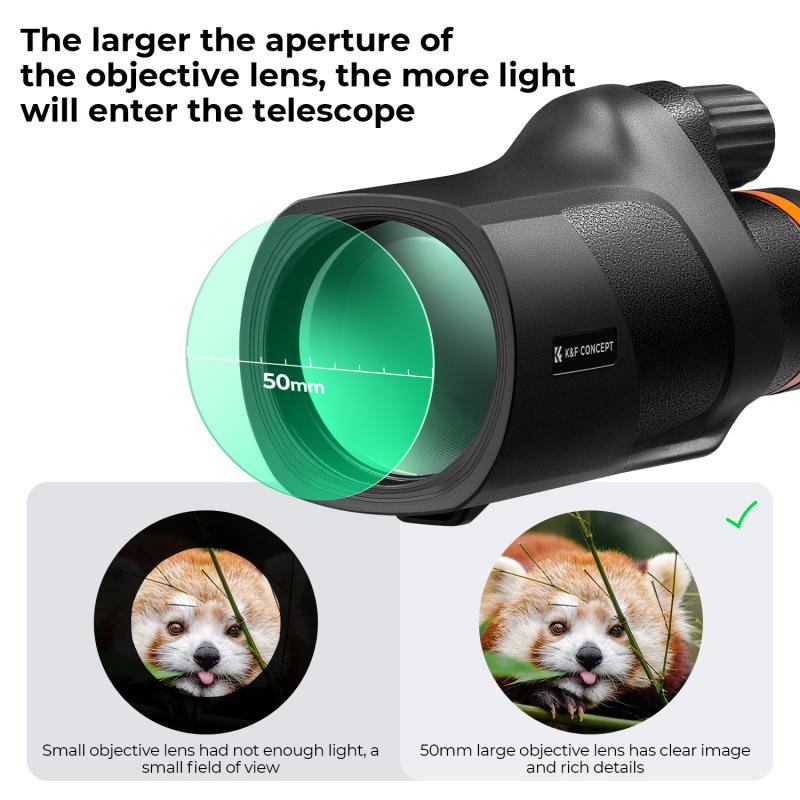
To understand why radio telescopes are so large, it's essential first to grasp the basics of radio astronomy. Unlike optical telescopes, which observe visible light, radio telescopes detect radio waves emitted by celestial objects. These radio waves have much longer wavelengths than visible light, ranging from millimeters to meters. Because of these longer wavelengths, radio waves can penetrate dust clouds and other obstacles that block visible light, allowing astronomers to observe regions of space that would otherwise be hidden.
The Importance of Wavelength
The size of a telescope is directly related to the wavelength of the electromagnetic radiation it is designed to detect. For optical telescopes, which observe visible light with wavelengths in the range of 400 to 700 nanometers, relatively small mirrors or lenses can be used to achieve high resolution. However, for radio telescopes, the wavelengths are much longer, often measured in centimeters or even meters. To achieve a similar level of resolution, the collecting area of the telescope must be proportionally larger.
Resolution and Sensitivity

Two critical factors in the design of any telescope are resolution and sensitivity. Resolution refers to the telescope's ability to distinguish between two closely spaced objects, while sensitivity is its ability to detect faint signals. For radio telescopes, achieving high resolution requires a large aperture, or collecting area, because the resolution is inversely proportional to the wavelength of the observed radio waves. In other words, the longer the wavelength, the larger the telescope needs to be to achieve the same resolution as an optical telescope.
Sensitivity is also a crucial consideration. Radio signals from celestial objects are incredibly weak by the time they reach Earth, often buried in noise from human-made sources and natural background radiation. A larger collecting area allows the telescope to gather more of these weak signals, improving its sensitivity and enabling it to detect fainter objects.
Interferometry and Array Telescopes
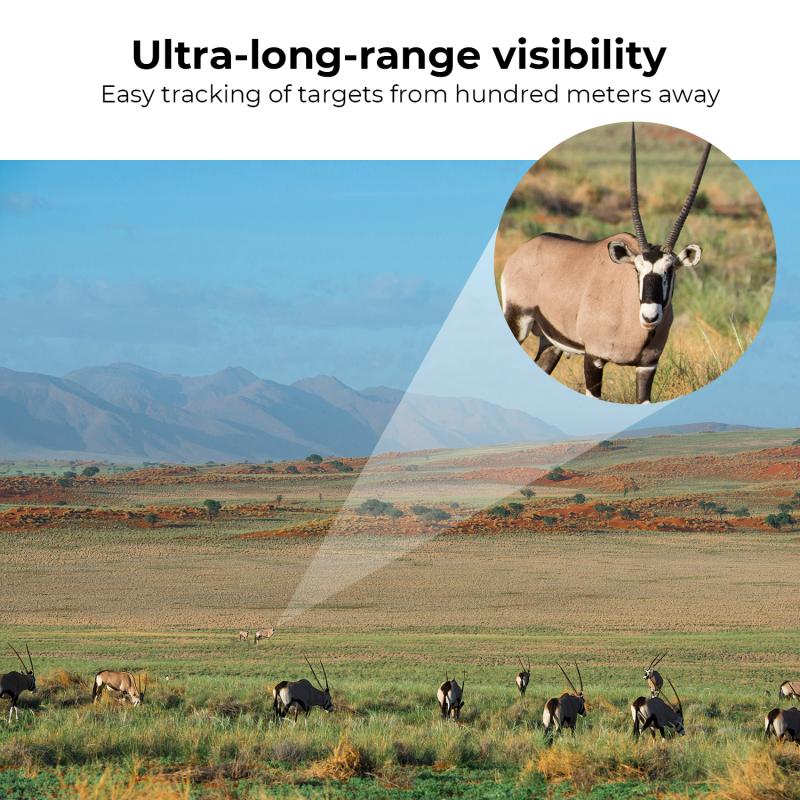
One way to overcome the limitations of building a single, enormous radio telescope is through the use of interferometry. This technique involves combining the signals from multiple smaller telescopes spread over a large area to simulate a much larger telescope. The resulting array can achieve the same resolution as a single telescope with a diameter equal to the maximum separation between the individual telescopes in the array.
A well-known example of this approach is the Very Large Array (VLA) in New Mexico, which consists of 27 individual radio antennas arranged in a Y-shaped configuration. By combining the signals from these antennas, the VLA can achieve resolutions comparable to a single telescope with a diameter of up to 36 kilometers.
Technological Advancements
The development of radio telescopes has been driven by significant technological advancements over the past few decades. Improvements in receiver technology, data processing, and computer algorithms have all contributed to the ability to build larger and more sensitive radio telescopes. For example, the Square Kilometre Array (SKA), currently under development, will be the largest radio telescope in the world, with a total collecting area of one square kilometer. The SKA will consist of thousands of individual antennas spread across multiple continents, using advanced interferometry techniques to achieve unprecedented resolution and sensitivity.
Practical Challenges
Building and maintaining large radio telescopes present several practical challenges. The sheer size of these instruments requires significant engineering expertise and resources. For example, the Arecibo Observatory in Puerto Rico, which was one of the largest single-dish radio telescopes in the world until its collapse in 2020, had a diameter of 305 meters. Constructing such a massive structure required innovative engineering solutions, including suspending the receiver platform above the dish using a complex system of cables and towers.
Additionally, radio telescopes must be located in areas with minimal radio frequency interference (RFI) from human-made sources such as cell phones, television broadcasts, and radar. This often means placing them in remote locations, far from populated areas. The need for a large, interference-free site can further complicate the construction and operation of these telescopes.
The Future of Radio Telescopes
As technology continues to advance, the future of radio telescopes looks promising. New materials, improved receiver technology, and more sophisticated data processing techniques will enable the construction of even larger and more sensitive instruments. Projects like the SKA represent the next frontier in radio astronomy, promising to revolutionize our understanding of the universe.
In addition to technological advancements, international collaboration will play a crucial role in the future of radio telescopes. The SKA, for example, is a global project involving multiple countries and institutions. By pooling resources and expertise, the international scientific community can tackle the challenges of building and operating these massive instruments, pushing the boundaries of what is possible in radio astronomy.
The size of radio telescopes is a direct consequence of the unique challenges posed by observing radio waves from celestial objects. The long wavelengths of radio waves require large collecting areas to achieve high resolution and sensitivity. Techniques like interferometry and advancements in technology have allowed astronomers to build increasingly larger and more capable radio telescopes, enabling groundbreaking discoveries about the universe.
As we look to the future, the continued development of radio telescopes will undoubtedly lead to new insights and a deeper understanding of the cosmos. The quest to build larger and more sensitive instruments is driven by our innate curiosity and desire to explore the unknown, pushing the limits of human knowledge and technological capability.





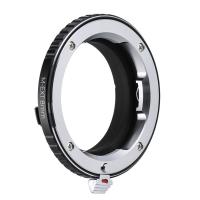
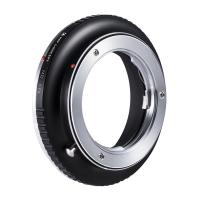
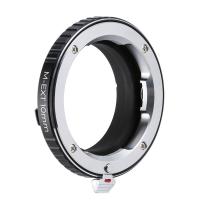
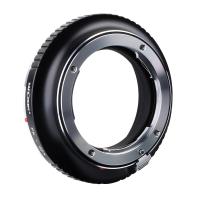

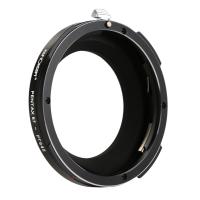








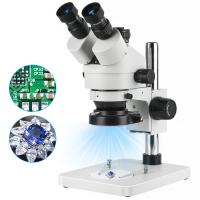















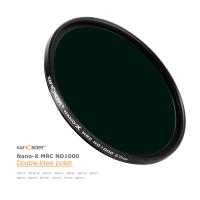





There are no comments for this blog.